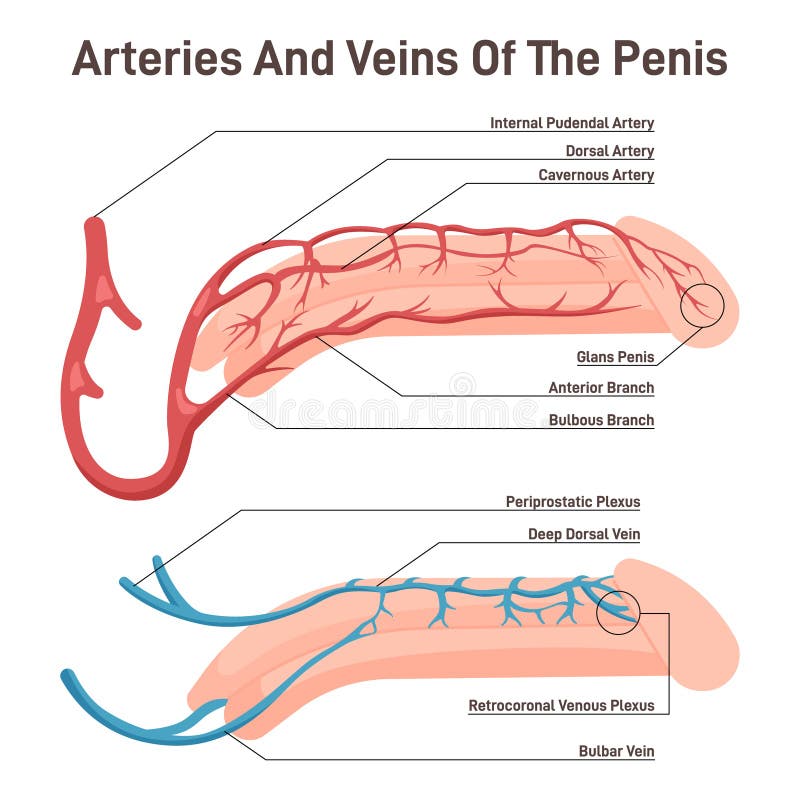Does size truly matter, or is it merely a societal construct? The intricacies of male anatomy, particularly the penis, extend far beyond mere aesthetics, playing a crucial role in both biological functions and psychological perceptions.
The male urogenital tract is a complex system, and at its core lies the penis. This organ serves a dual purpose: it is a vital component of the sexual reproduction system and also acts as a conduit for the excretion of urine. The head of the penis, known as the glans, is often covered by the foreskin, a protective layer present in uncircumcised males. The penis reaches its full size during puberty, undergoing significant changes as the body matures. The root of the penis, the base of the organ, connects to the pubic bone and surrounding tissues, providing support and anchoring. The shaft, or body, of the penis is the elongated, cylindrical portion that extends from the root to the glans.
| Anatomical Term | Description |
| Glans | The head of the penis. |
| Foreskin (Prepuce) | The skin covering the glans in uncircumcised males. |
| Root | The base of the penis, attaching to the pubic bone. |
| Shaft (Body) | The main, cylindrical part of the penis. |
| Frenulum | A sensitive band of tissue on the underside of the penis. |
| Urethra | The tube inside the penis that carries urine and semen. |
Reference: National Center for Biotechnology Information
The images below show a variety of normal and abnormal anatomy of the male penis, including the difference between the circumcised and uncircumcised penis, phimosis, penile skin bridges, peyronies disease, genital warts, and tight frenulum of the penis, also known as frenulum breve of the penis. Many individuals explore the various aspects of the male anatomy, including the diverse presentations of the penis, from its normal physiological variations to the various conditions that may affect it. Medical professionals frequently use these visual aids to educate patients about potential health issues or to illustrate the effectiveness of treatments.
The photograph illustrates the male external reproductive organs in their erect condition, displaying the penis and scrotum. The figure presents the anatomy of the male genial region, emphasizing the erect state of a human male genital. However, beyond the purely anatomical, there's a complex interplay of societal expectations and personal anxieties that often surrounds perceptions of penis size. There are even dedicated online communities and forums where individuals share experiences, pictures, and engage in discussions about the penis, its appearance, and related topics.
It is important to schedule an appointment with a medical professional to understand the health of your genital organ. Any concerns about the health or appearance of the penis should be addressed by qualified medical professionals.
The online world presents various platforms where individuals openly discuss and share images related to the male anatomy. These forums often have specific guidelines and community standards, aiming to regulate content and maintain a degree of order. Subreddits, for example, are often dedicated to specific themes, such as those focused on fitness, body aesthetics, or the appreciation of varying physical characteristics. These spaces offer individuals a platform to express themselves, share their experiences, and engage in discussions with others who share similar interests. Often the content ranges from casual discussions about fitness and body image to more specific topics such as "cumshots, measurements, chastity, compare sizes, sph, admiration, etc." and detailed descriptions of sexual practices.
These communities usually enforce strict rules regarding content, particularly focusing on age restrictions and the visual representation of genitalia. Submissions often require the presence of a fully visible penis, adherence to standards of image quality, and a clear indication of the subject's age. The intention is to maintain a community that is both respectful of legal boundaries and provides a safe space for members to interact. It's also common to see communities that explicitly prohibit the posting of explicit content, such as sexually suggestive images or videos. The emphasis is on sharing information or images that are not intended for explicit sexual purposes.
However, these spaces also attract scrutiny. Moderators actively enforce rules, quickly removing content that violates community guidelines or legal regulations. Users who attempt to circumvent these rules face immediate bans, ensuring the integrity of the platform. The presence of these rules and moderation efforts highlights the complex relationship between online freedom of expression and the responsibility to maintain safe and appropriate online environments. The content and community interactions are very much focused on the human form and self expression. A recent study done by the medical community found there is a high volume of body dysmorphia reported with users of such sites.
A user might comment, "I'd say it's considerably large for a flaccid penis." They might also engage in discussions about size perception by referencing average measurements, such as the average flaccid penis size of 9.3 cm. The conversation continues to discuss the variations in size, such as the comparison between a user's penis size of 15 cm to the average erect size of 13.1 cm. These discussions are often a mix of personal experiences, anecdotal observations, and a touch of humor.
Some individuals also seek surgical procedures. "Penuma is a silicone, subcutaneous penile" is an example of a procedure people may use. There are dedicated online forums where users share their experiences. Often posts describe what a user looked like before the procedure, the recovery process, and the outcomes. These forums provide a space for sharing information, discussing recovery, and supporting one another through their experiences.
It is important to consult with a medical professional for all your medical needs. Any medical information shared online should not be considered as medical advice. Always seek professional medical attention.


